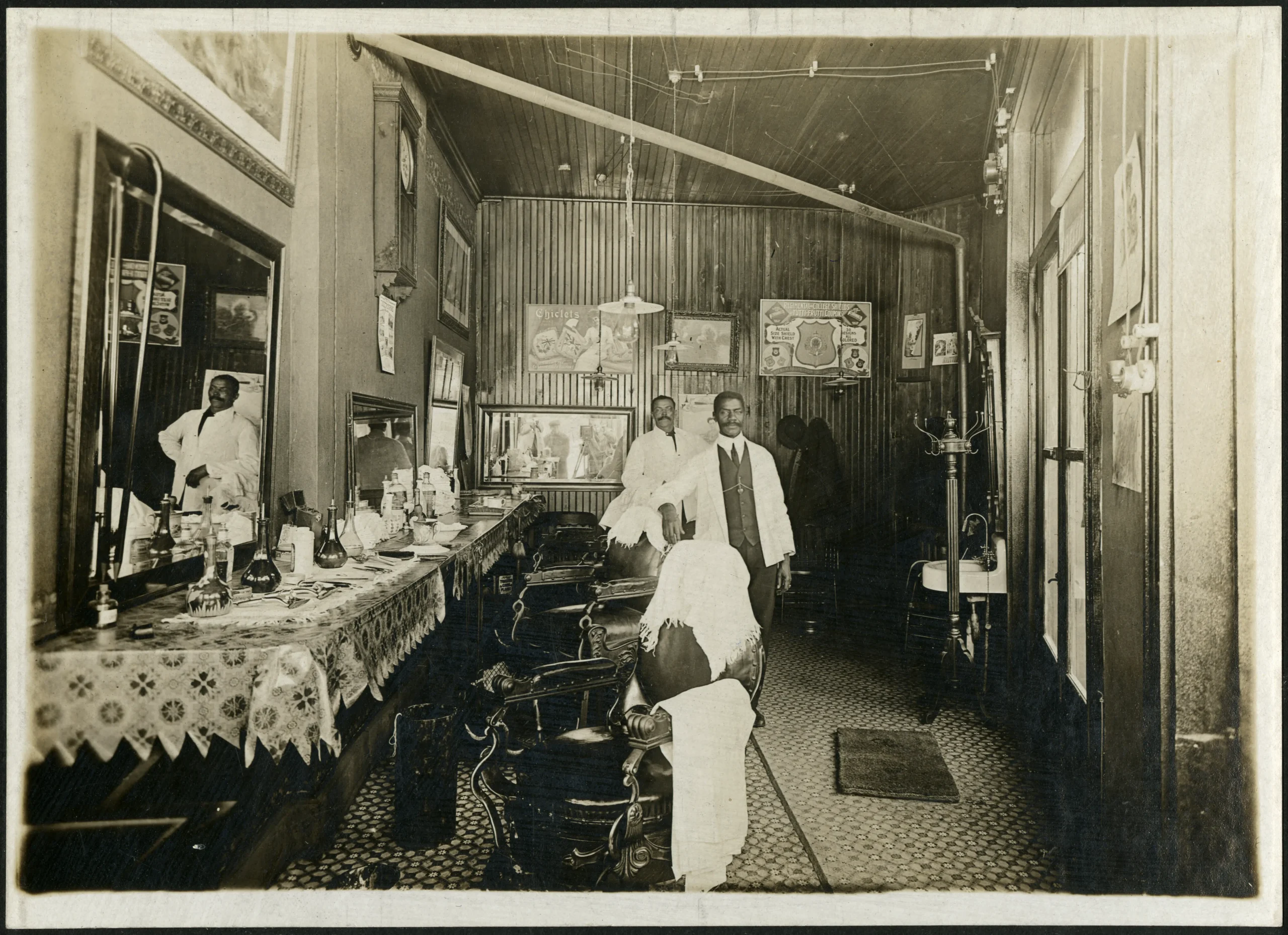
Economy, education, community and family
The McCurdy collection tells many stories about the daily lives of Black people in Ontario, from work and home life to religion, education, social activities, and family—including McCurdy’s own.
Black communities in 19th-century Ontario were multi faceted, made up of professionals, farmers and tradespeople whose lives often centred around family and church. These communities were integral to the history and development of Ontario. A tireless collector of documents about the lives of others, McCurdy also gathered all the available documentation related to his own family ancestry.
Living off the land
Formerly enslaved people acquired land through settlement programs and individual purchases, built homes and established themselves as an integral part of the Ontario community. The mortgaging and purchase of property was part of the personal and business life of the Black community in Ontario in the 19th century.
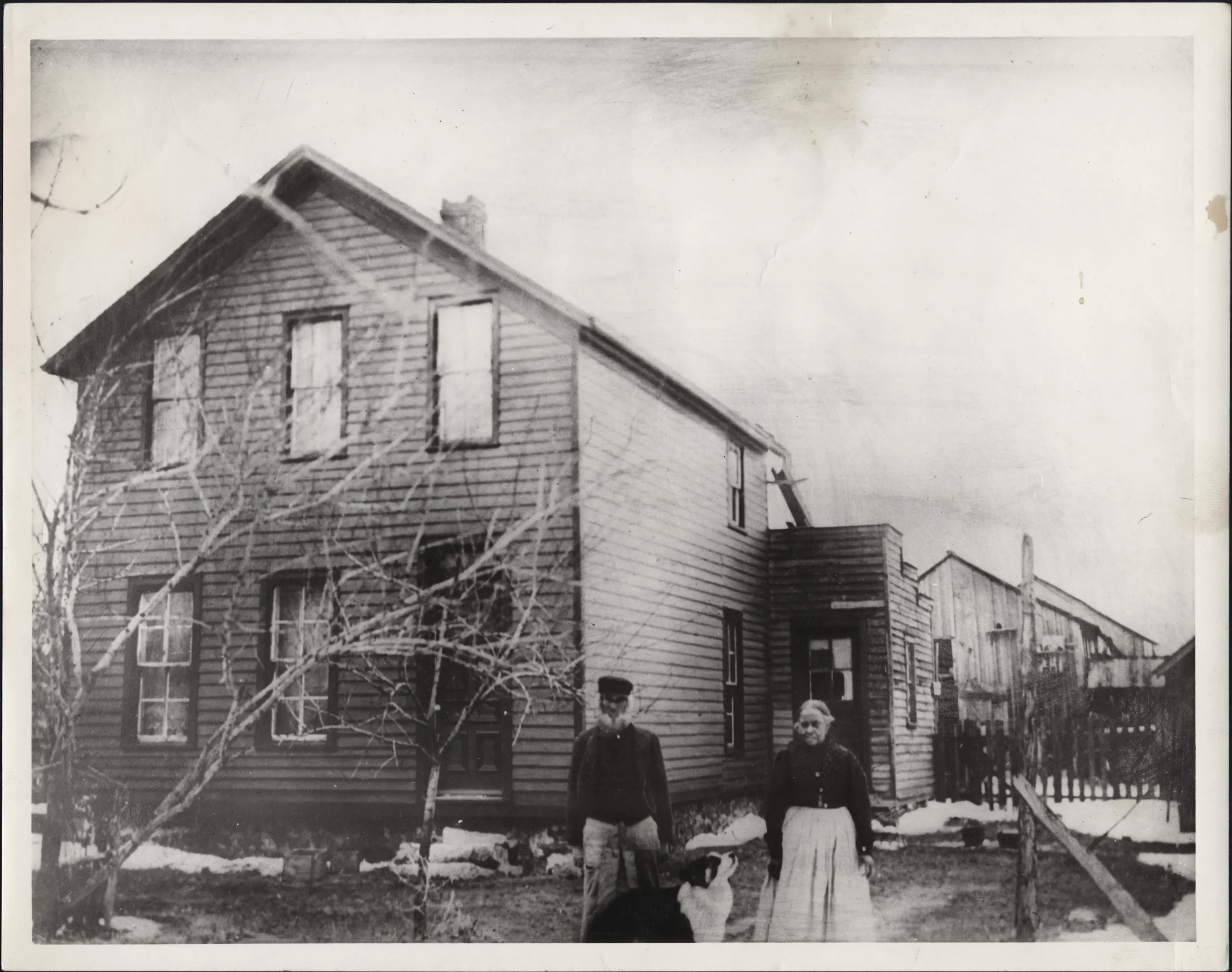
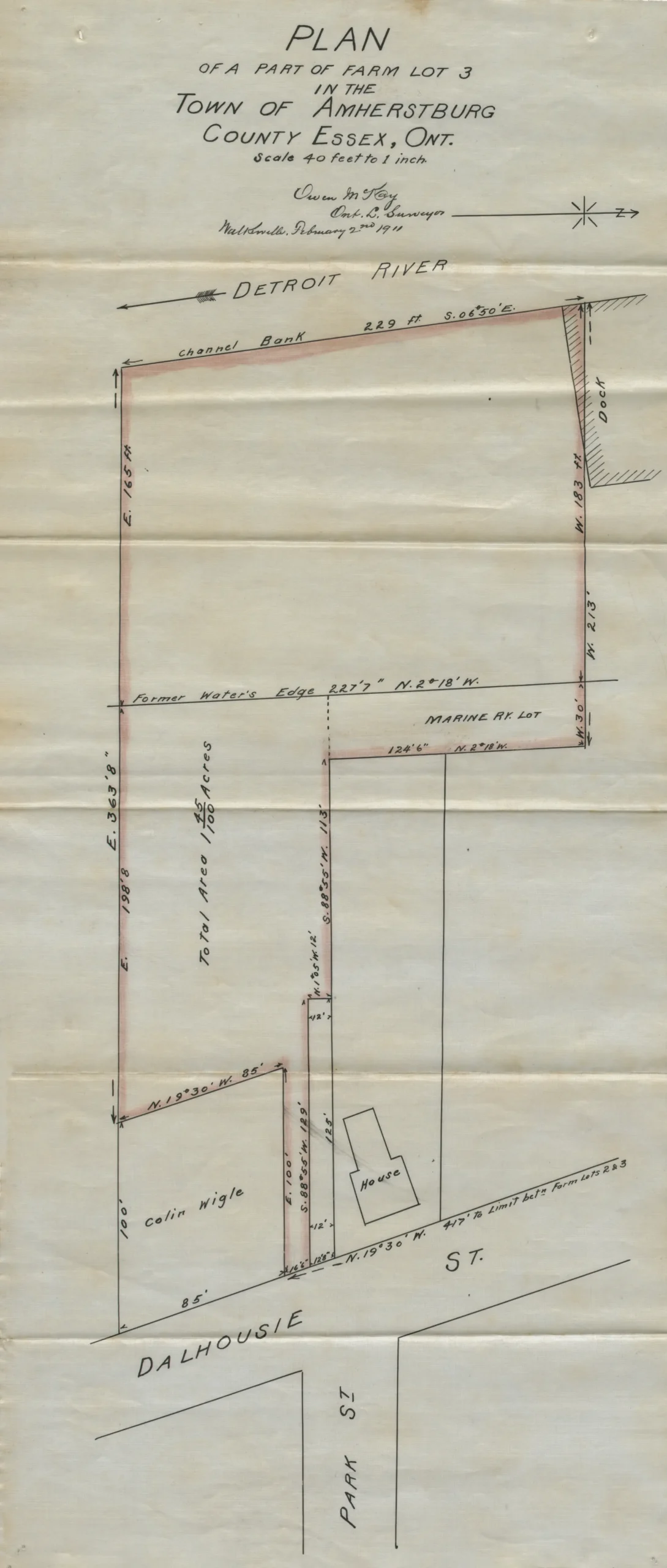
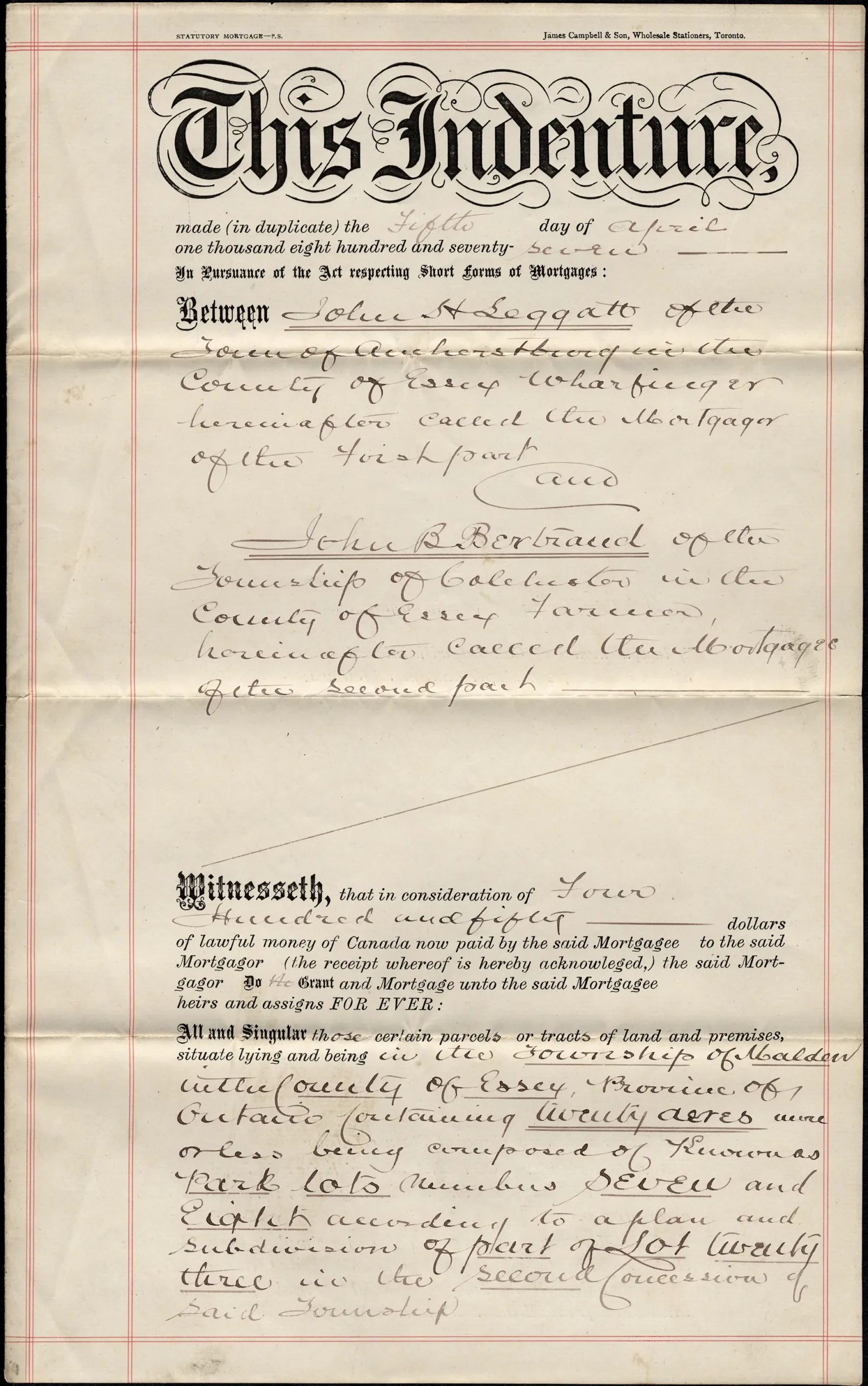
The workplace: professionals and tradespeople
Members of the Black community moved into the professions, including law and medicine. Fred H. A. Davis (whose father, Delos Rogest Davis, was one of the first Black lawyers in Ontario) was called to the bar in 1900 and practised for many years in the Amherstburg area. Dr. Mary Waring was a physician in the Windsor area in the later 19th century. Many people were also involved in skilled trades and the union movement, helping to improve living conditions and fighting for workplace equality. McCurdy was a member of the United Brotherhood of Carpenters and Joiners of America for many years.
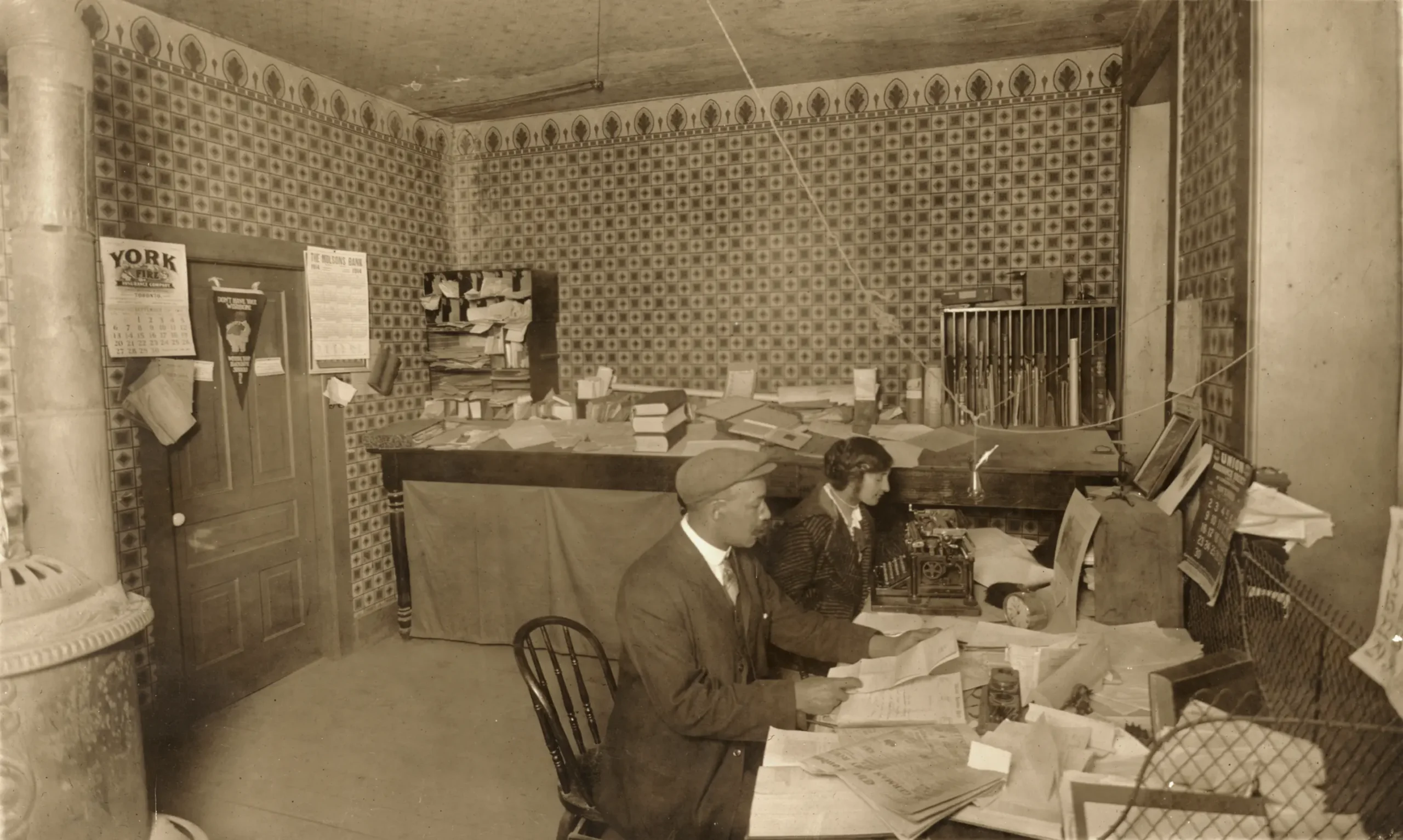
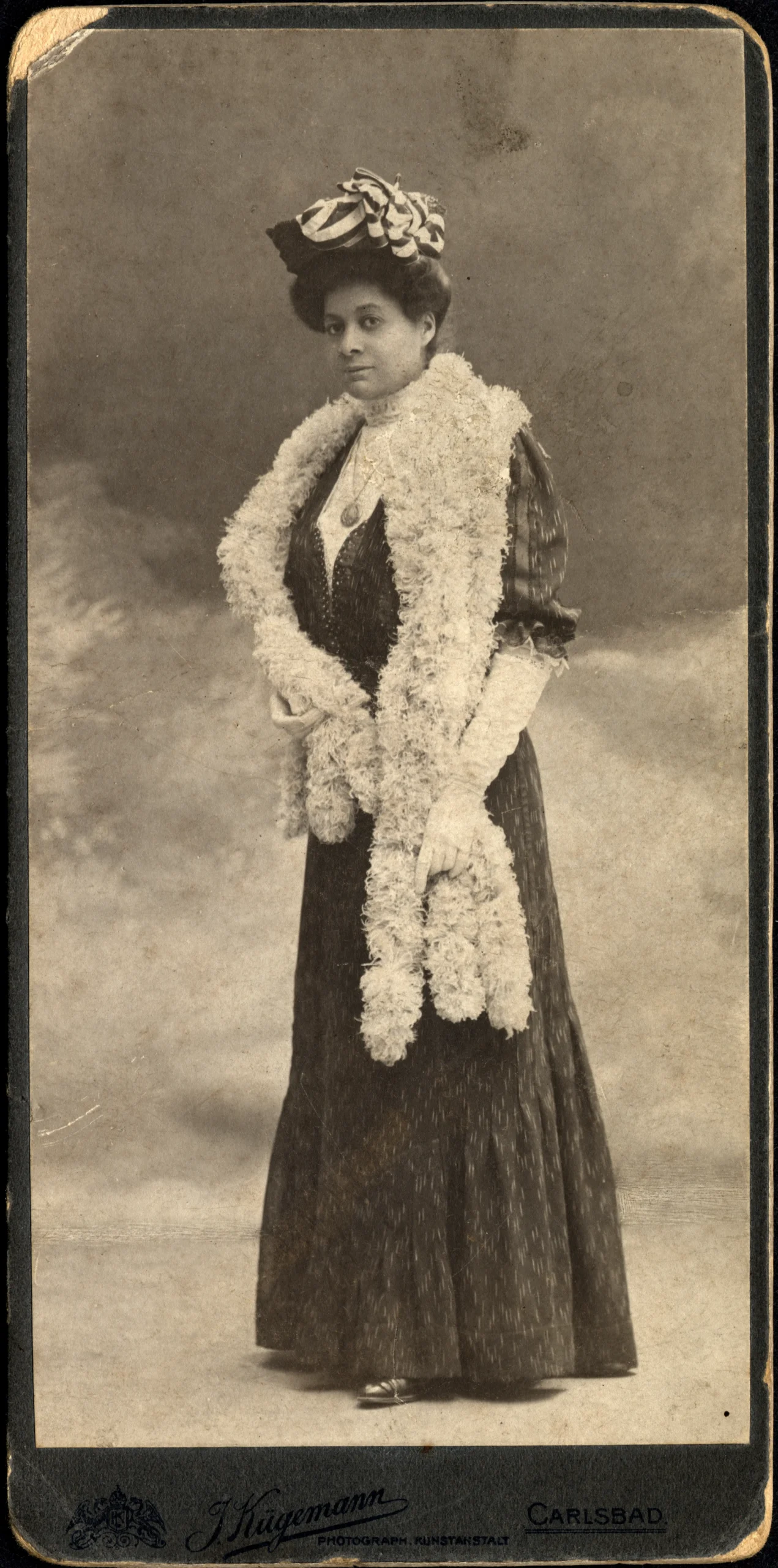
The right to education
Black community leaders fought for their children’s education rights. For many years there were segregated schools, like the Marble Village Coloured School, until the last one closed in 1966. Black teachers were essential, training others and working in sometimes poorly equipped schools. John Alexander (one of the first educators to challenge the idea of segregated schools) taught at the Anderdon Township School for $600 a year in 1914. Ethel Alexander received several certificates, including one to teach as a missionary. Attendance records are a vital resource about younger community members.
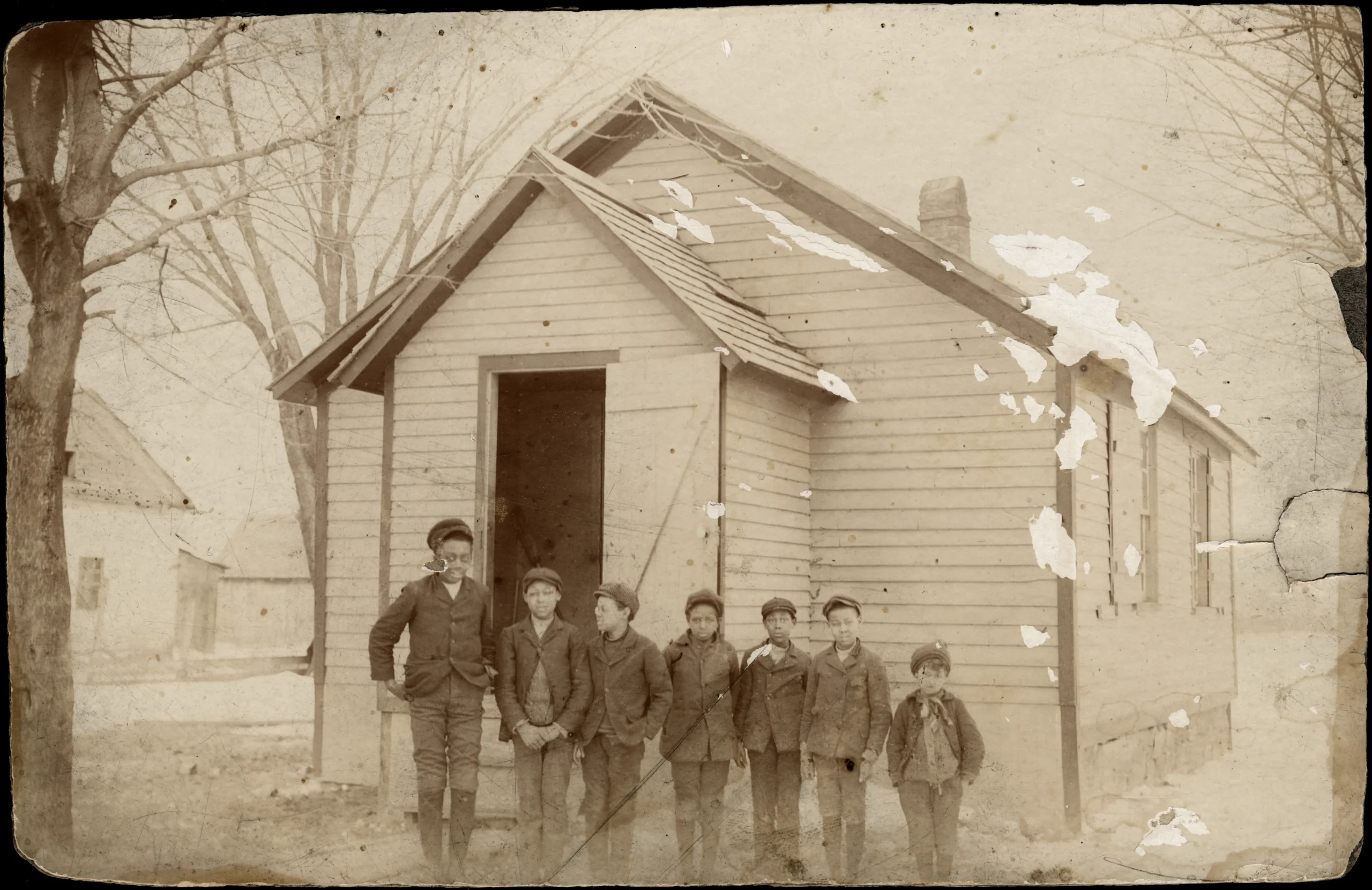
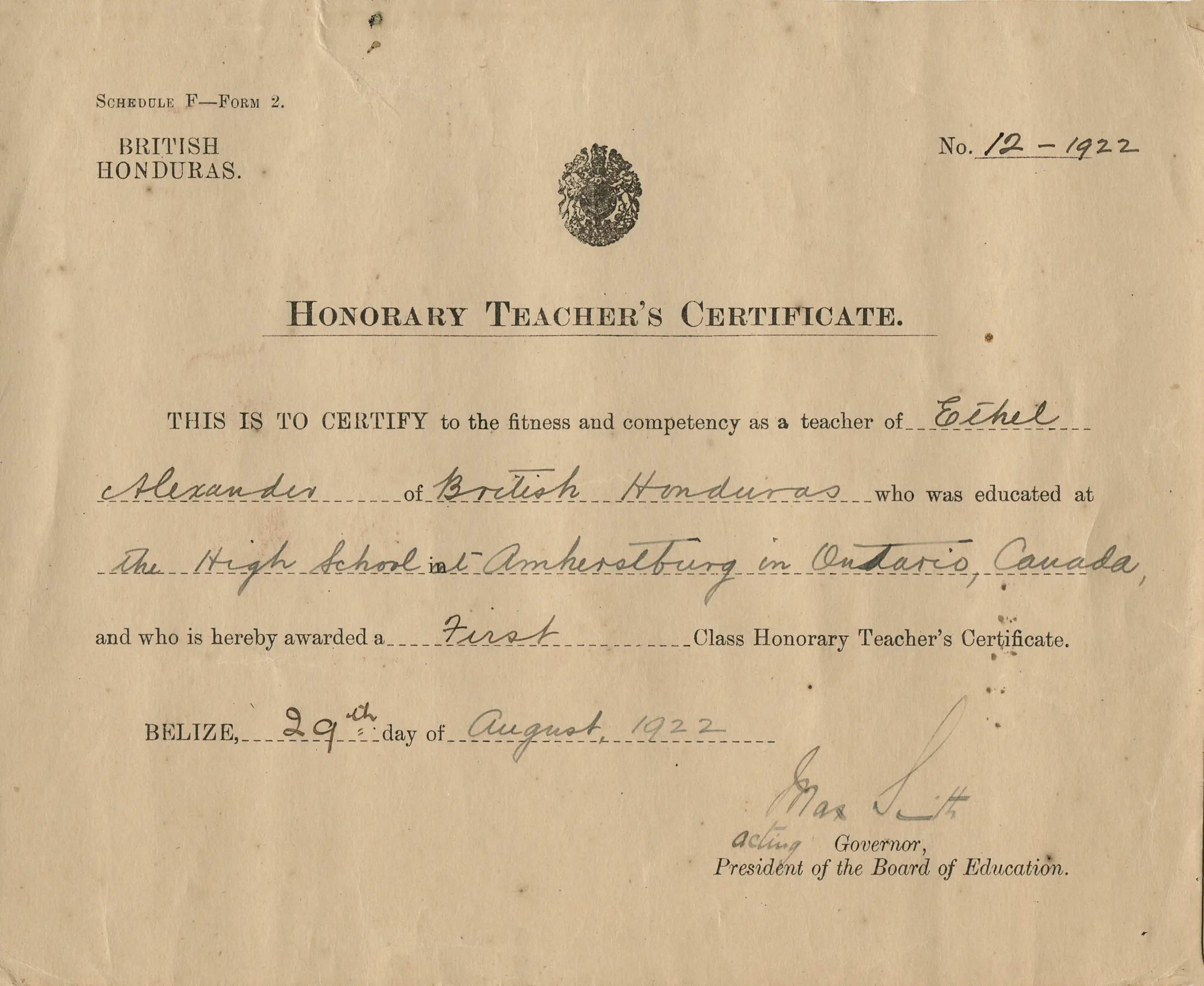
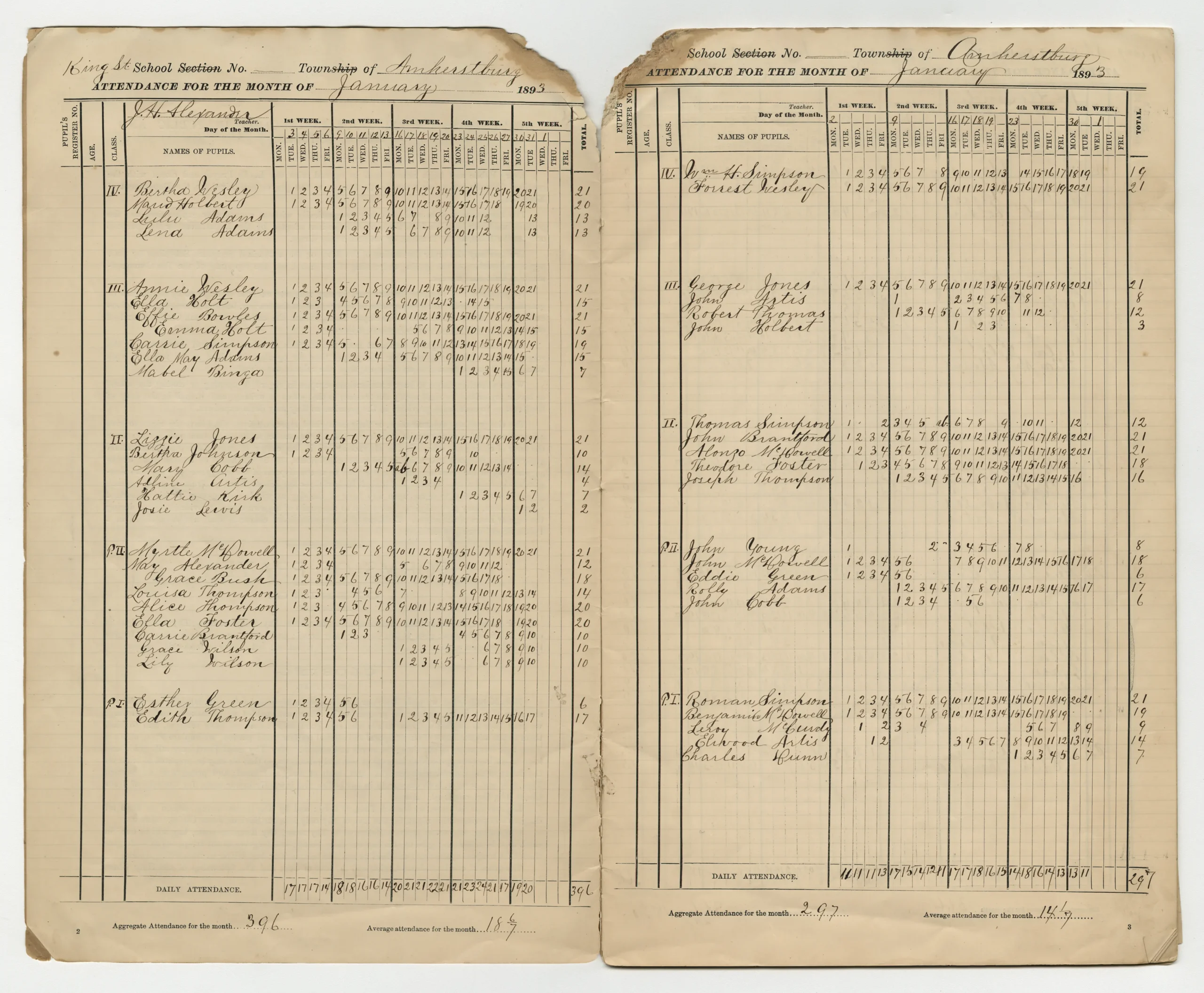
Church and community life
Religion played a major role in Black communities. Amherstburg had several Black churches, including the African Methodist Episcopal Church and the British Methodist Episcopal Church. The Baptist Church also had a strong presence, and one of the oldest Black churches in Ontario is the Amherstburg First Baptist Church, built between 1838 and 1845. The McCurdy collection includes the papers of Ethel Alexander, from Amherstburg, who taught as an Anglican missionary in British Honduras (Belize). This combination of education and faith inspired many to offer their service beyond their immediate community.
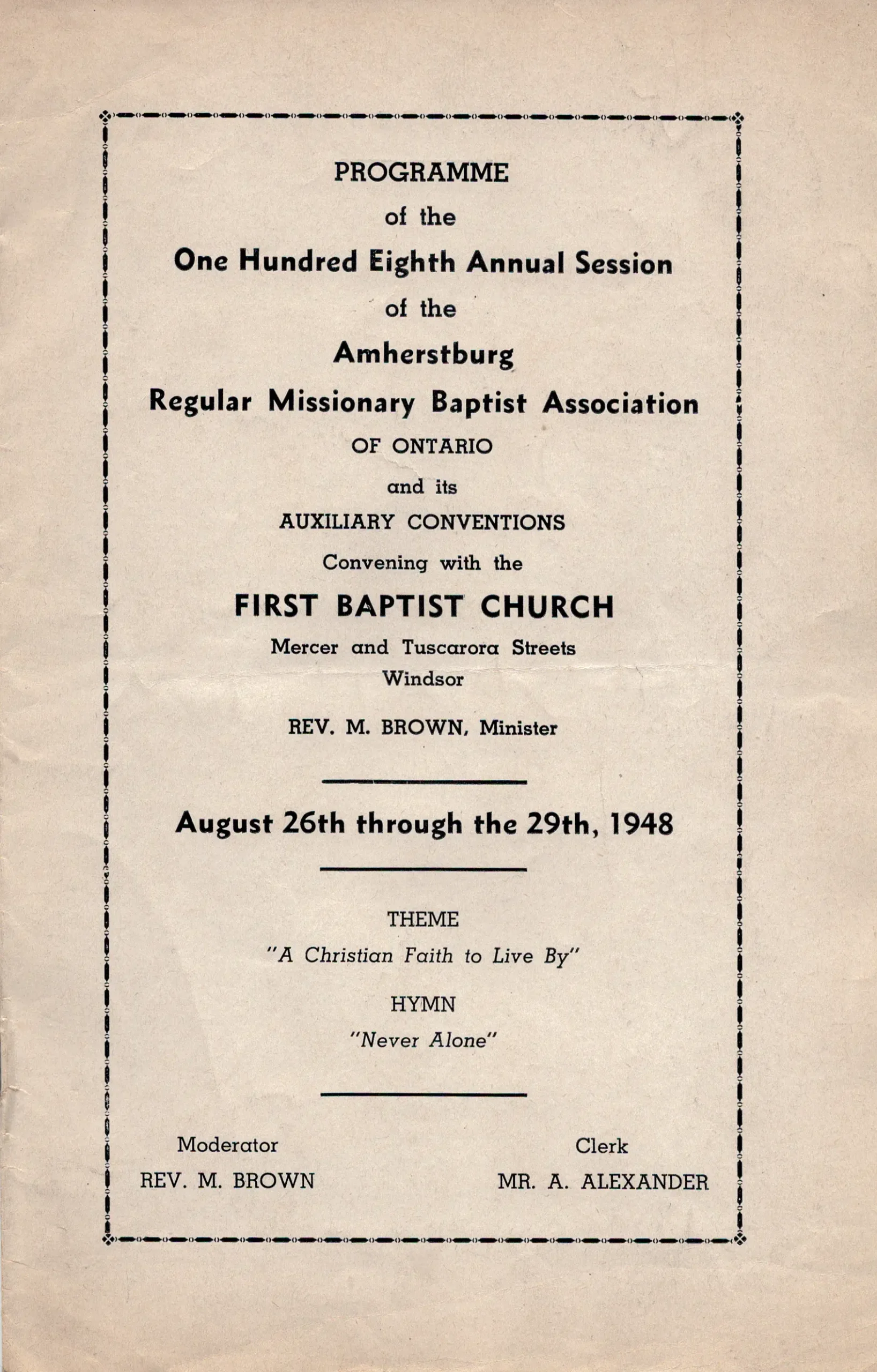
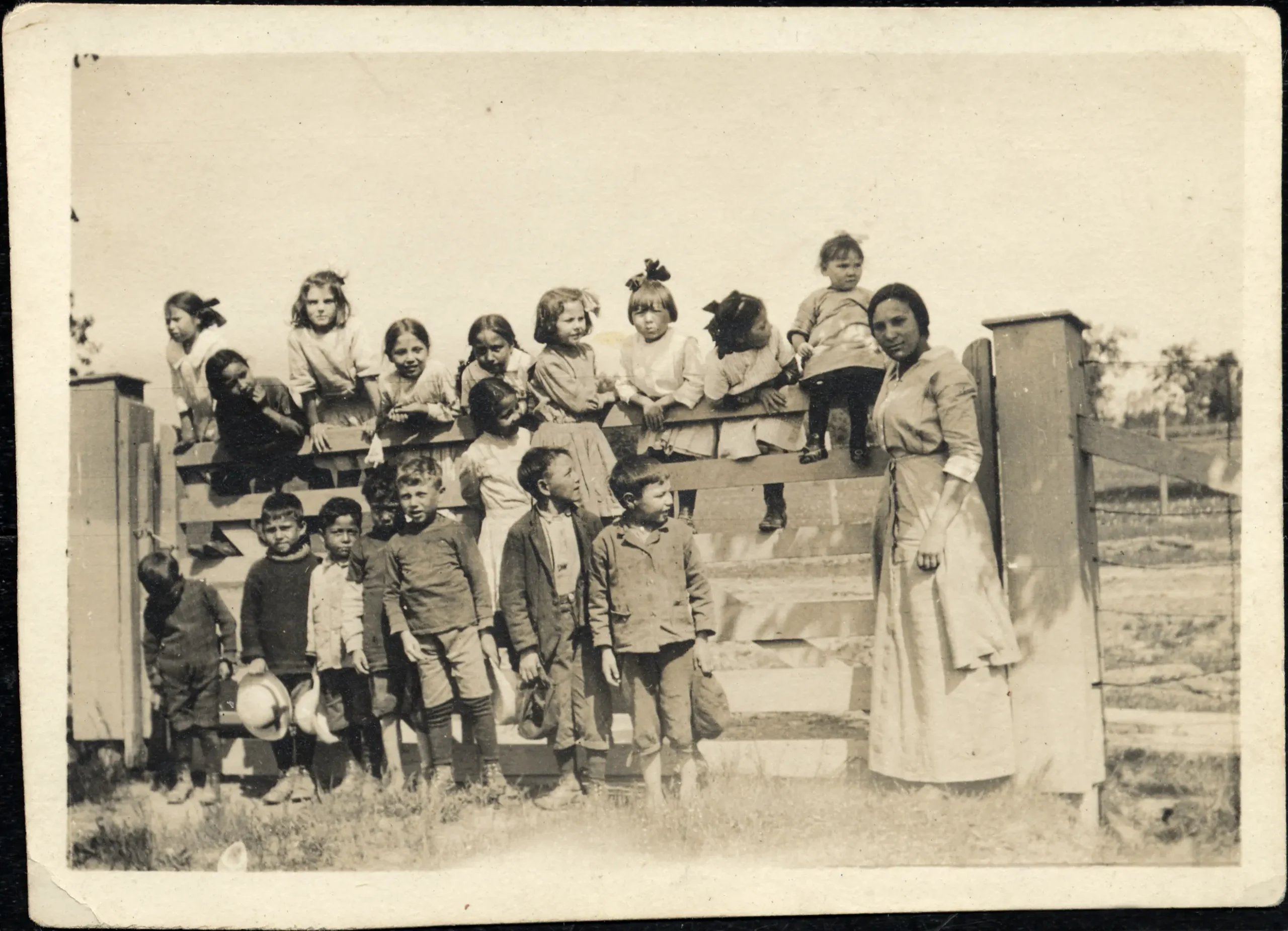
The Black community and Freemasonry
Freemasonry is a worldwide fraternal order, and Prince Hall Freemasonry—named after a freeborn Black American who was initiated into an Irish Constitution Military lodge in Boston in 1775—came to Ontario in 1852. Early lodges provided a welcoming social environment. Many men in Ontario were Masons, and their wives, daughters and sisters belonged to the Order of the Eastern Star. Records from lodges, along with churches and schools, are often some of the earliest records of Black society in Ontario. McCurdy’s own contributions were recognized in 1960 when he received the Grand Master’s Award.
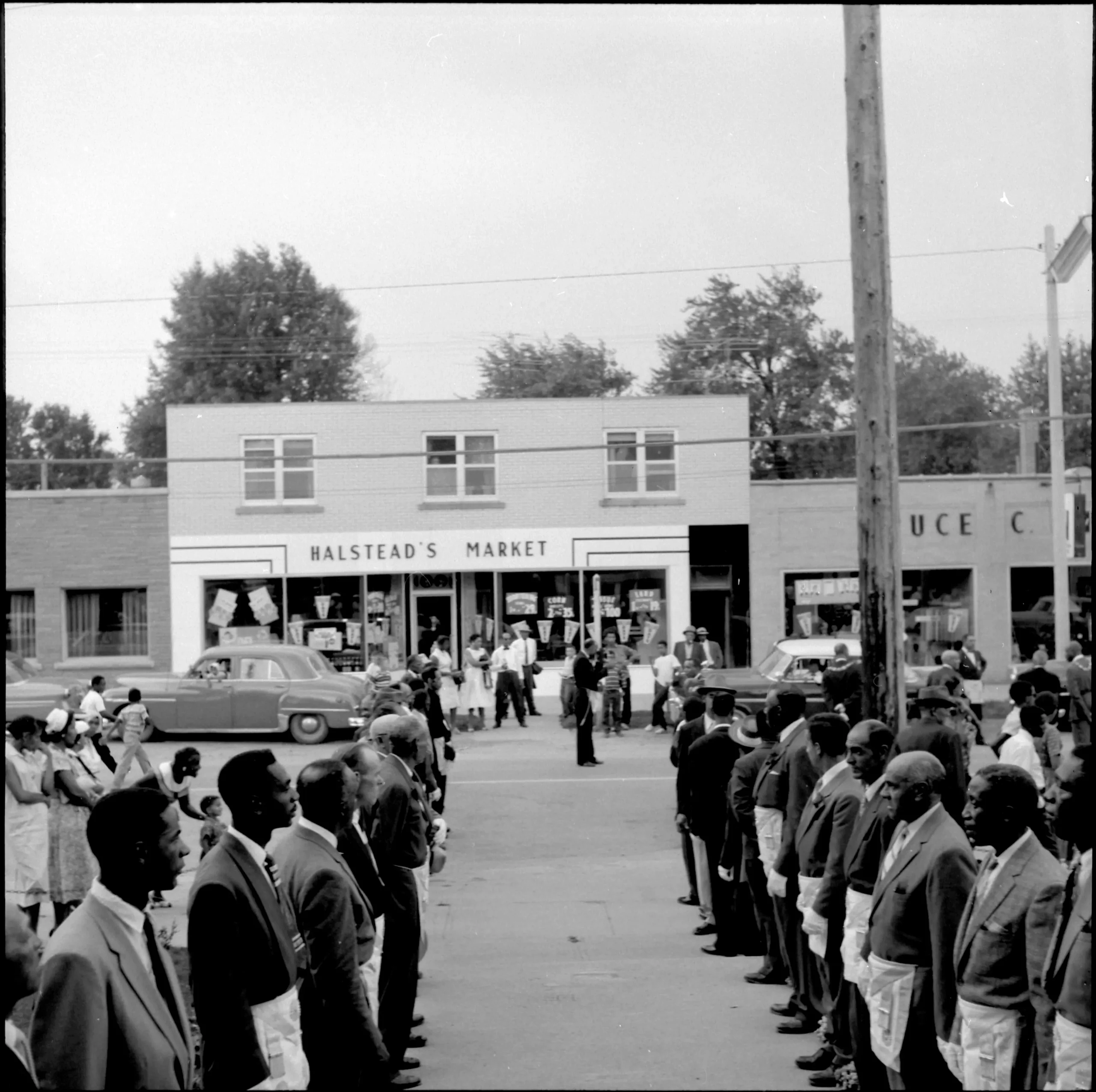
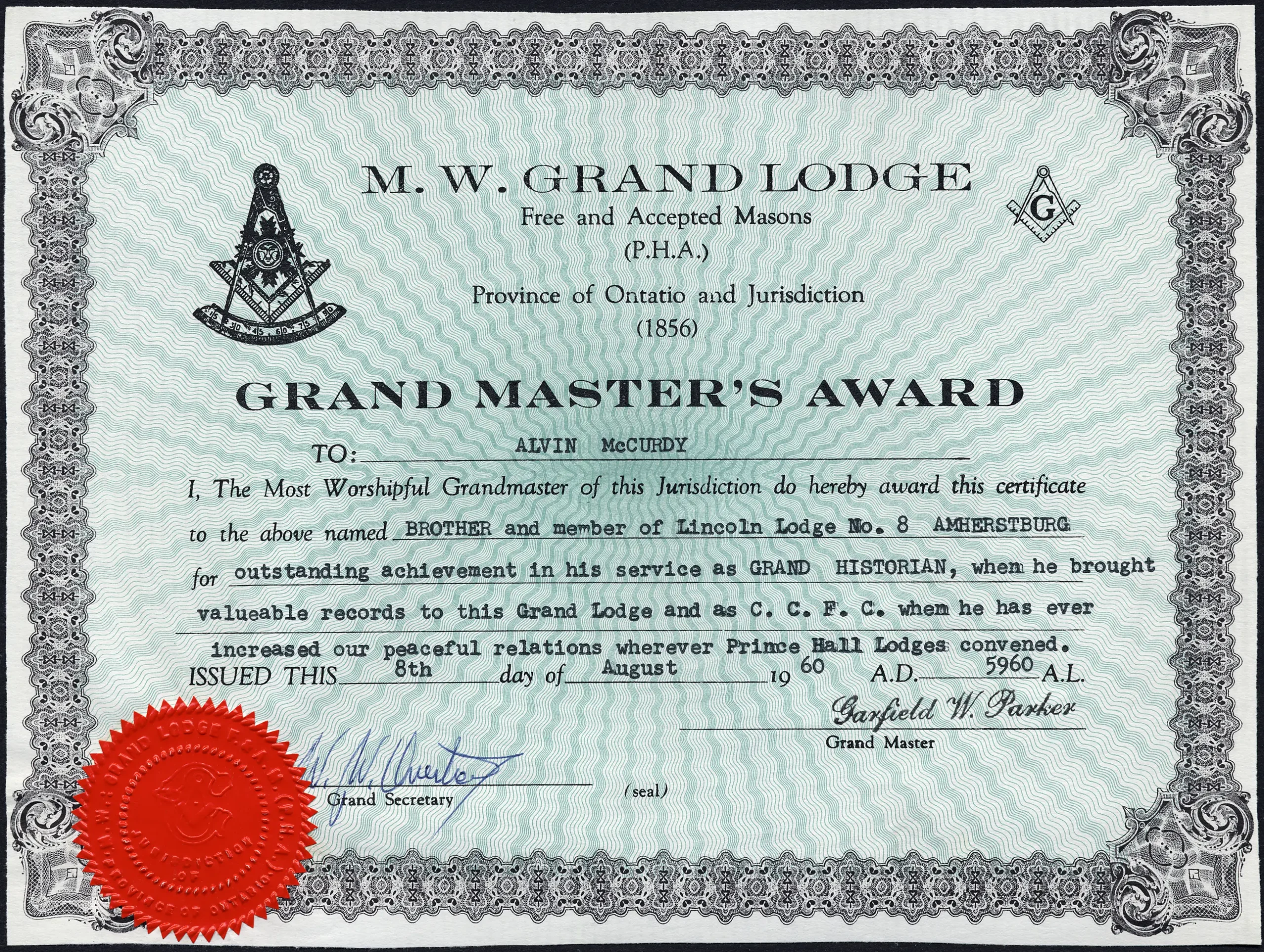
A tireless genealogist
McCurdy’s interest in Black history in and around Essex County was also inspired by research into his own family. His Resource Files (F 2076-3) and Genealogical Files (F 2076-4), which include newspaper clippings, document transcriptions, biographies and death notices, are the result of decades of research. His own notes offer valuable insights. The collection includes hundreds of photographs of his family, including his great-grandfathers. Generations of local Black dynasties are represented by other photographs, including the Adams, Banks, Stokes and Thomas families, among many others.
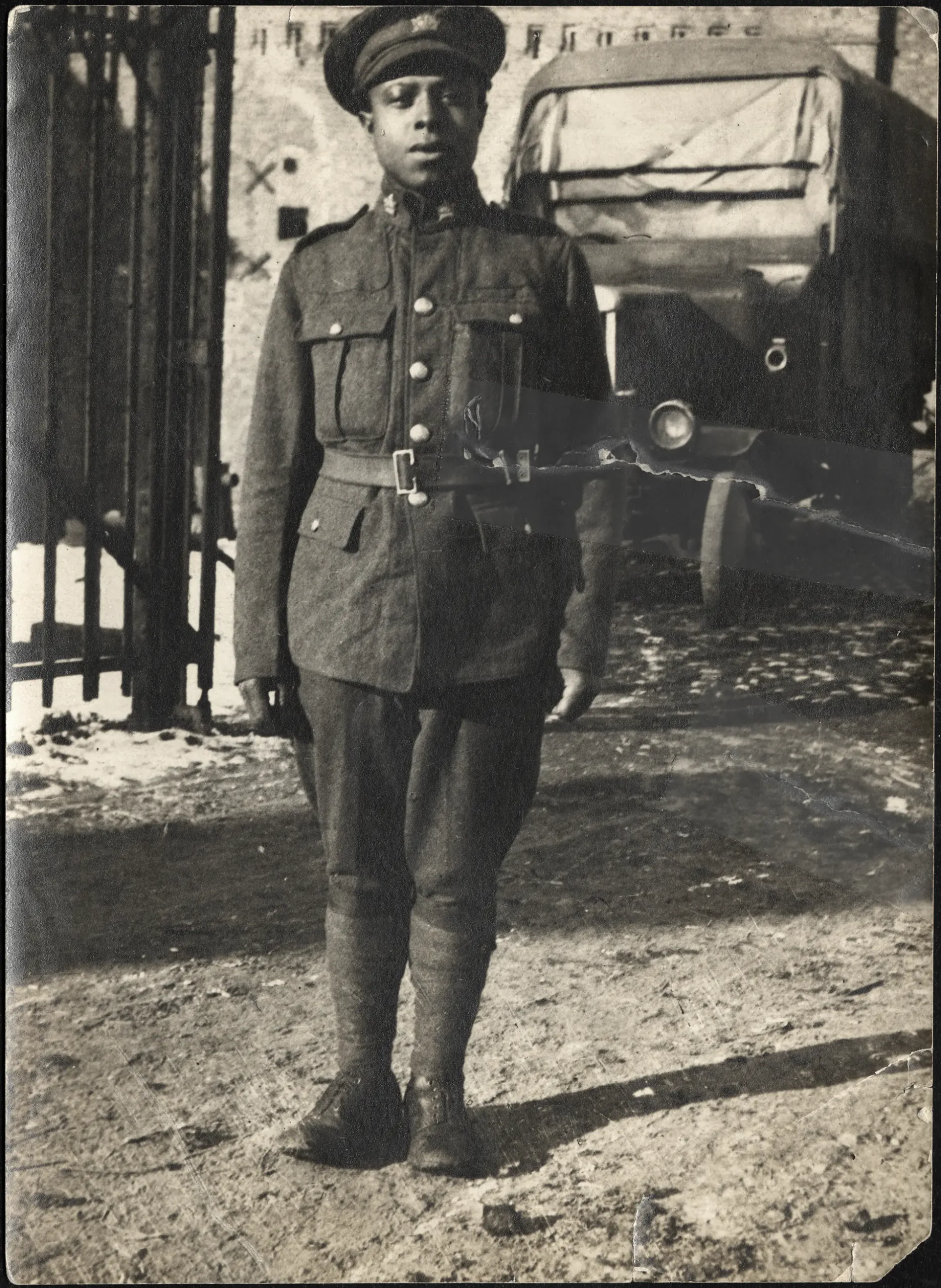
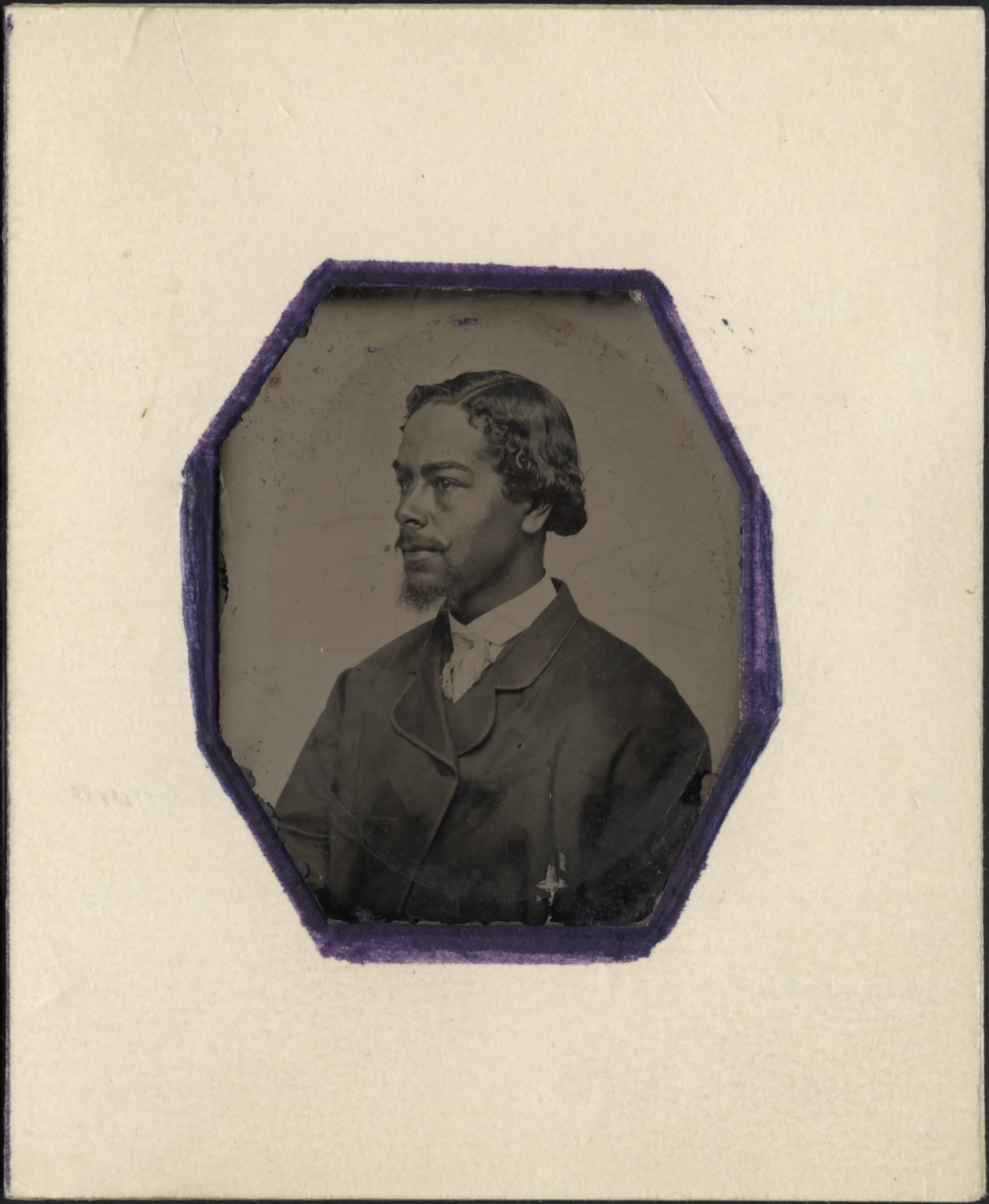
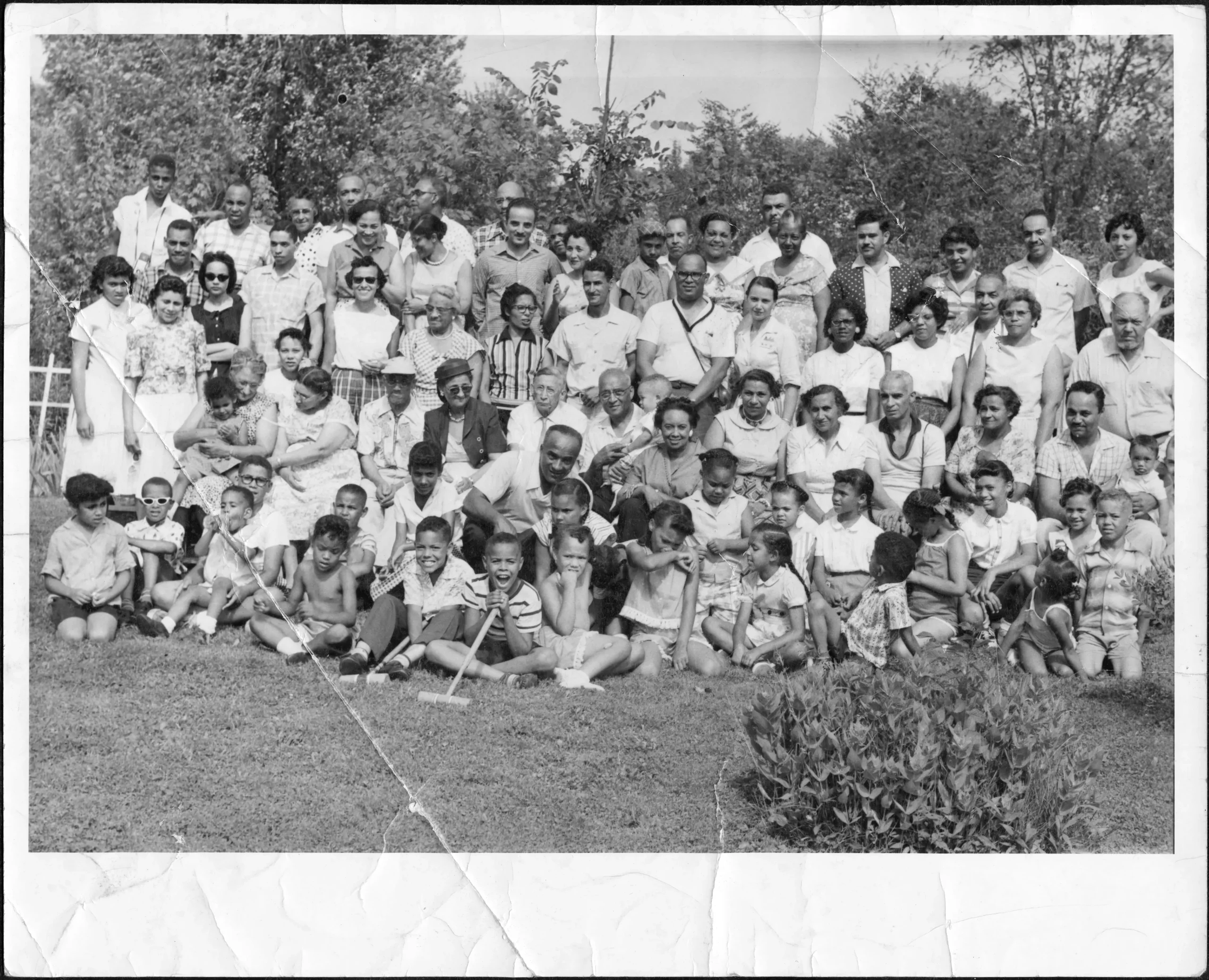
Find more photos from the Alvin D. McCurdy fonds on Wikimedia Commons.
Back to: Chapter 02
From slavery to settlement
Next up: Chapter 04
The legacy of the collection
Looking for more records?
Search our collection